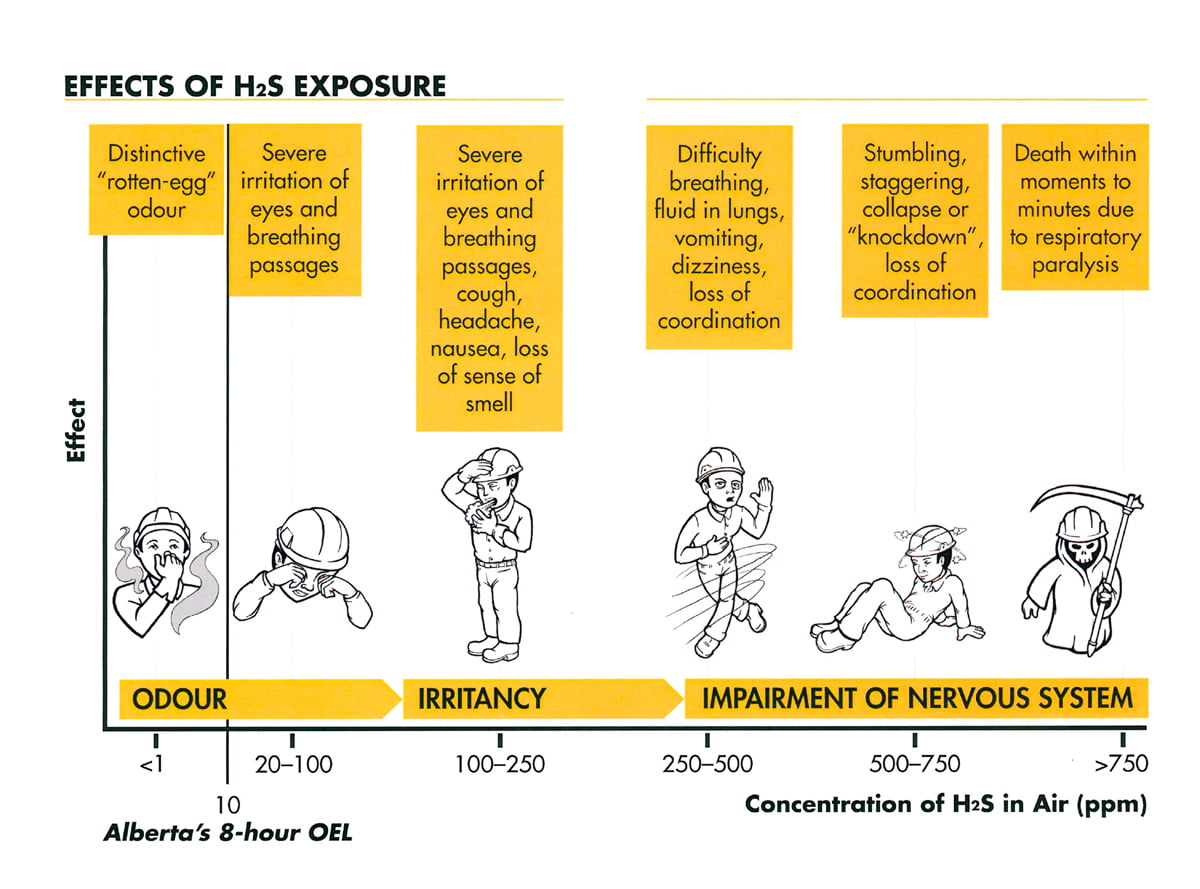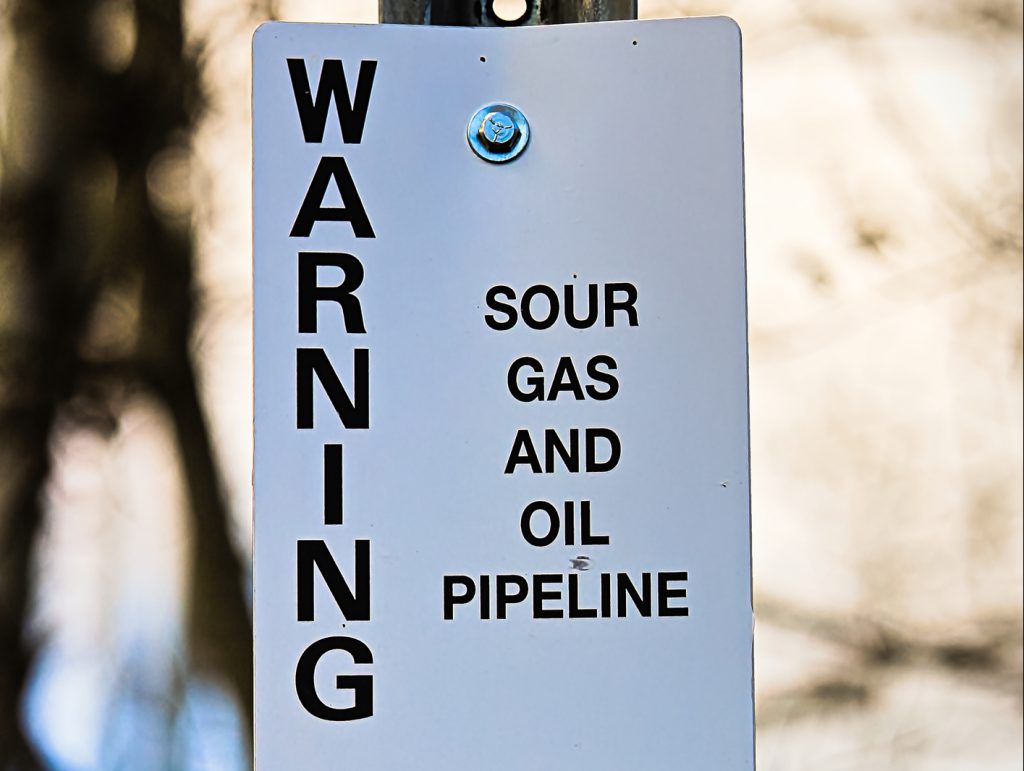
If this is the sole source of hydrogen sulfide, only hot water will have this odor.Īn ion exchange water softener is another possible contributor to the odor problem. It is often present in wells drilled in shale or sandstone, or near coal or oil fields or peat deposits.Īnother common source of hydrogen sulfide is the magnesium corrosion control rod present in many electric hot water heaters, which can chemically convert naturally occurring sulfates in water to hydrogen sulfide. Hydrogen sulfide can occur in both deep and shallow wells and also can enter surface water through springs. Bacterial growth consumes oxygen that eventually makes the well anaerobic, which can result in the formation of hydrogen sulfide.

These organic materials serve as food for the bacteria in the groundwater. Wells with inadequate wellhead protection are susceptible to contamination by surface water after a storm/rain event that may carry organic materials into the groundwater.

If the pH range of the water is higher (7.0-12.0), the water may contain other forms of sulfur (e.g., sulfide or bisulfide). Both processes occur underground where oxygen is not available and water pH is less than 6.0. They use organic sulfur compounds in decaying plant materials and sulfate in groundwater as sources of energy for their growth.
It may be produced by chemical reduction of dissolved sulfate by sulfate-reducing bacteria in low-oxygen environments.īoth sulfur- and sulfate-reducing bacteria are harmless to human health. It may be produced by sulfur-reducing bacteria during the decomposition of organic matter in low-oxygen environments. Hydrogen sulfide gas can occur naturally in groundwater in two ways: Visit for further details about drinking water standards. Sulfate is a secondary (nuisance) contaminant with a secondary MCL (Maximum Contaminant Level) of 250 ppm. Hydrogen sulfide is neither a primary contaminant nor a secondary contaminant in the Environmental Protection Agency's current drinking water standards. Does the EPA Regulate Hydrogen Sulfide and Sulfate in Drinking Water? Sulfate levels in excess of 250 parts per million require treatment of drinking water before use. High levels of sulfate (above 250 ppm) may have a laxative effect, cause dehydration and be especially detrimental to the health of infants and young animals. In well water, it is usually just a nuisance. However, it is highly unlikely that a person could consume a harmful dose of hydrogen sulfide from drinking water because water becomes unpalatable due to its unpleasant taste and odor long before hydrogen sulfide reaches a harmful level. Are There Any Health Risks from Hydrogen Sulfide and Sulfate in My Drinking Water?ĭrinking water with high levels of hydrogen sulfide can cause nausea and stomach pain. Hydrogen sulfide could be forming inside your water heater. Sulfate (SO 4) in groundwater is dissolved from naturally occurring minerals contained in soils, aquifer rocks and sediments. Heat forces the hydrogen sulfide gas into the air, which may cause the odor to be particularly offensive in the shower. The odor may be noticeable only when the water is initially turned on or when hot water is running. Waters with concentrations from 0.5 to 1 ppm smell "musty" or "swampy." Concentrations greater than 1 ppm smell like "rotten eggs" and are corrosive to plumbing. Most people can smell hydrogen sulfide in water with a concentration of as little as 0.5 parts per million (ppm). When the water is pumped to the surface, the hydrogen sulfide gas escapes and is therefore easy to smell. Hydrogen sulfide is insoluble in water, but underground, this gas remains trapped within the water. Common names include stink gas and sewer gas. 
Hydrogen sulfide, or hydrosulfuric acid (H 2S), is a gas that may occur in your household water.Atiles What are Hydrogen Sulfide and Sulfate? Revised by Uttam Saha, Leticia Sonon, Pamela Turner, Jake Mowrer, David Kissel This publication is part of the Household Water Quality series.







 0 kommentar(er)
0 kommentar(er)
